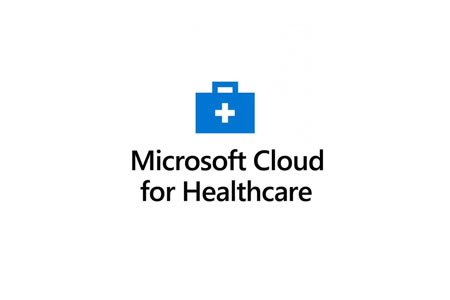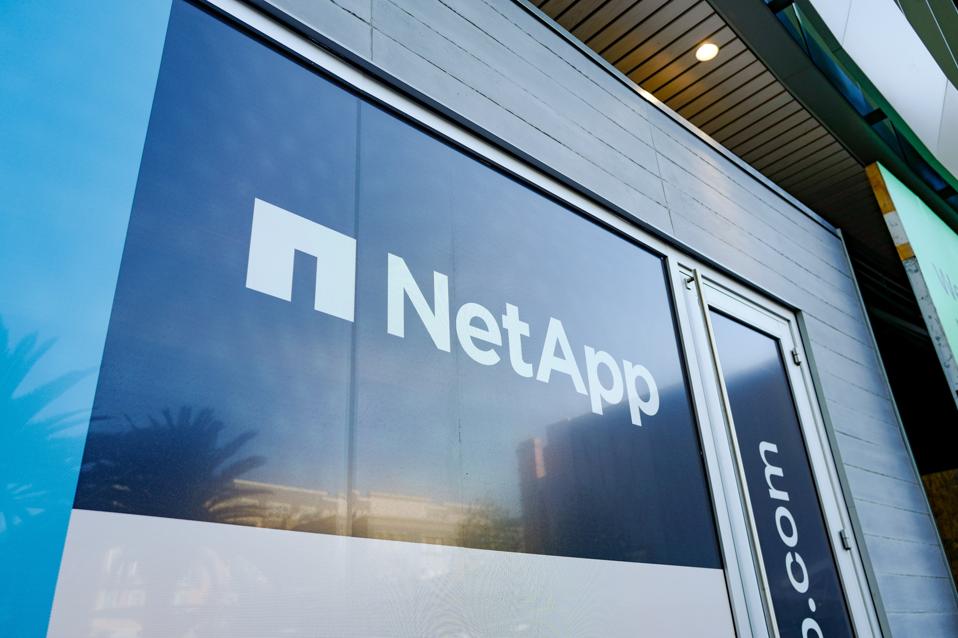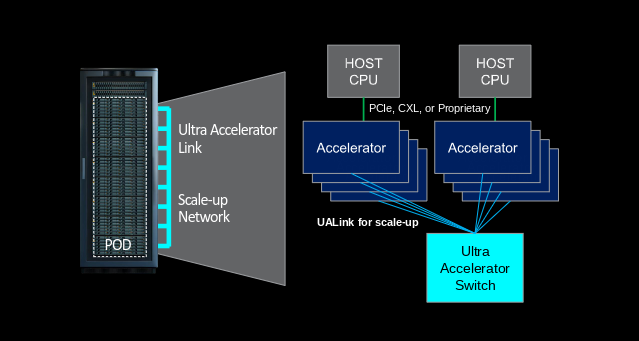Microsoft today introduced new data and AI solutions for healthcare. The company made the announcement at the annual healthcare industry HLTH conference in Las Vegas.
Microsoft is delivering its first industry-specific application of its Fabric analytics platform, introducing new healthcare-focused AI models, and releasing new AI-driven tools to simplify the clinician experience.
New: Microsoft Fabric for Healthcare
Microsoft today announced its first industry-specific data solution for Fabric through its Microsoft Cloud for Healthcare.
The new healthcare-focused data solutions are designed to unify healthcare data and analytics. This allows healthcare organizations to combine data from various sources, including electronic health records, labs, and medical devices, enabling standardized, scalable solutions for uncovering clinical and operational insights to improve patient care.
The targeted Fabric solutions offer healthcare organizations a wide range of valuable capabilities, including:
- Data Integration: It aggregates data from various previously isolated sources within the organization. This includes electronic health records (EHRs), Picture Archiving and Communication Systems (PACS), lab systems, claims systems, and medical devices. This consolidated data is organized in a Fabric data lake using open data standards like FHIR, DICOM, and MedTech services, providing a unified architecture. Connectors and converters are also available for data transformation and customization for specific use cases.
- Multimodal Data Foundation: Fabric establishes a multimodal data foundation that supports standardized, scalable solutions. This foundation accelerates the discovery of valuable clinical and operational insights, ultimately enhancing patient care. It creates a single data estate where health data can be effectively used to build and run AI models and extract insights.
- OMOP Analytics: Fabric offers standard capabilities, including Observational Medical Outcomes Partnership (OMOP) analytics. These capabilities enable clinical research and facilitate patient outreach analytics, contributing to more personalized patient engagement.
- De-Identification Service: Microsoft Fabric introduces a de-identification service that allows organizations to protect patient-protected health information (PHI). This service employs machine learning models to extract, redact, or surrogate identifiers, ensuring data privacy. It unlocks valuable insights from unstructured data, such as doctor’s notes, medical documents, and clinical trial studies.
- Governance and Data Management: Healthcare organizations can use healthcare-specific pre-built classification rules, labels, and data glossaries within Microsoft Purview (in preview) to govern, protect, and manage their entire data estate effectively.
Early adopters from various healthcare settings, such as Northwestern Medicine, Arthur Health, and SingHealth, announced plans to leverage Microsoft Fabric for various use cases. These applications range from integrating clinical data, meeting regulatory requirements, and unlocking insights to providing high-quality patient care and services.
New: Healthcare-specific Models for Azure AI Health Services
Azure AI services are also being enhanced to boost the impact of AI on patient outcomes. Azure AI Health Insights includes prebuilt models that simplify complex medical jargon, extract key events from unstructured data, and provide insights into radiology data.
The new pre-built models included in Azure AI Health Insights offer cognitive services that provide models to help clinicians and researchers make informed decisions in healthcare.
Microsoft introduced three new models:
- Patient Timeline: This model uses generative AI to extract critical events, such as medications, diagnoses, and procedures, from unstructured data and organizes them chronologically. It gives clinicians a more accurate view of a patient’s medical history, aiding in better-informed care plans.
- Clinical Report Simplification: This model simplifies complex medical jargon, making it more accessible to clinicians and patients. It retains essential clinical information while presenting it in more straightforward language that can be easily shared.
- Radiology Insights: This model offers quality checks by providing feedback on errors and inconsistencies within clinical documentation. It also identifies follow-up recommendations and clinical findings, particularly about measured sizes, as documented by radiologists. These AI capabilities aim to enhance the efficiency and quality of patient care by facilitating the interpretation and sharing of medical information.
New: AI Health Bot
Microsoft is introducing generative AI capabilities to healthcare chatbots and virtual assistants through Azure AI Health Bot. Currently in preview, this feature offers healthcare intelligence that can be readily customized and integrated into existing workflows.
The new Health Bot leverages information from a healthcare organization’s content sources and utilizes generative AI to provide answers. Additionally, it sources credible information from institutions like the National Institutes of Health and the U.S. Food and Drug Administration, enhancing the capabilities of healthcare chatbots and virtual assistants.
New: Dragon Ambient eXperience (DAX) Copilot
Microsoft is also addressing clinician burnout with its new Dragon Ambient eXperience (DAX) Copilot. This solution enables clinicians to automatically create clinical summaries from patient interactions, saving valuable time and improving the overall healthcare experience.
Analysis
Microsoft’s new offerings are built on a foundation of trust-driven Microsoft’s Responsible AI principles. Healthcare organizations implementing these technologies will enable connected experiences at all points of care, foster collaboration, empower their workforce, and extract value from clinical and operational data using industry-relevant data standards.
Microsoft Cloud for Healthcare sits at the center of these innovations, offering industry-specific data solutions, application templates, and AI services that can be tailored to address specific healthcare challenges. Healthcare is just the first of what I expect will be a long list of industry-tailored solutions.
Healthcare has unique challenges, but Microsoft, with its long legacy of solving data-driven problems across nearly every industry, certainly has what it takes to help transform healthcare. This is a great set of announcements.





